Park of the Sleepless (El Parque de los Desvelados)
A landscape decorated with enormous skull sculptures.
High in the hills above Estella-Lizarra, in southern Navarre, down unmarked dirt trails and through a creaking iron fence, lies a unique art installation: all over a small field and the rolling hills lie a dozen enormous skulls, alongside ruined vehicles. Created by the artist Luis García Vidal beginning in 1971, the artist continuously added to the work, returning to the site numerous times to add more pieces, and repairing previous ones, until his death in 2008.
The park was built in two phases. The first, and the more obviously macabre phase, consisted of numerous sculptures of skulls, some large, some tall, some suspended like scarecrows on long poles, others almost hidden away in the shrubs. They are made of metal mesh, interwoven with the branches of a local plant, tanner’s sumach (Rhus coriaria). This was stretched over a base of plaster, and then painted white and black to make them look like skulls.
The second phase is the more recent one, and less obviously morbid but nevertheless filled with a subtext to make any viewer question their mortality. It consists of a series of vehicles, from cars to baby carriages, in varying states of destruction. Attached to them are plaques with messages such as “Death likes cars” and “when I’m an adult I want to be a football player, destiny permitting.” The sum effect of the various works scattered throughout the park is to offer up a certain wistful meditation on the inevitability, and the surprise, of death.
Many of the older art pieces have since fallen into decay. Some of the photos of the artist working in the park show him building pieces that are no longer there. The artist complained in an interview in 2006 that visitors to the park would sometimes jump on top of them and damage or harm them.
Vidal dedicated the project to his brother Miguel, who died in 1991. Since the artist’s own death in 2008, it does not appear that anyone is continuing to add any work or repairing the pieces that are already there, adding a gloomy air of decay to an already eerie area.
Know Before You Go
From street level in Estella (Calle los Cordeleros), it’s about a 2 km walk, most of it uphill. Entry is free. The park is open 24 hours, with only a worn-down black metal fence protecting it. It’s possible to drive up the hills past rustic Navarrese cottages, but the last part has to be done on foot. The signs on the trail leading up to the fence are either no longer standing or few and far between, so it requires some tenacity and luck to get there. When you get to a fork in the dirt path that indicates a 12th-century ruined church to the left and the park to the right, you’re close.





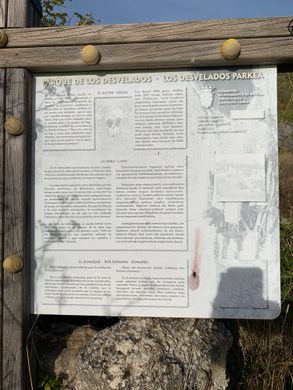

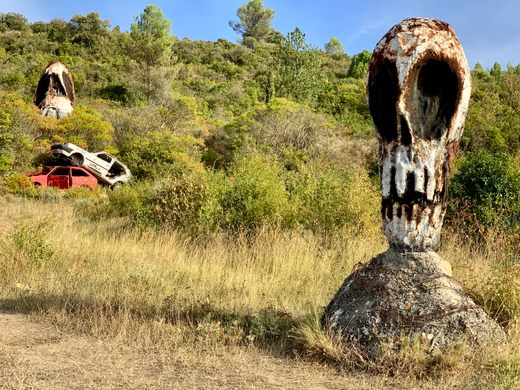
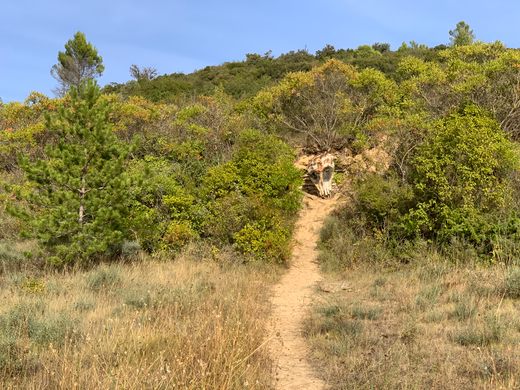
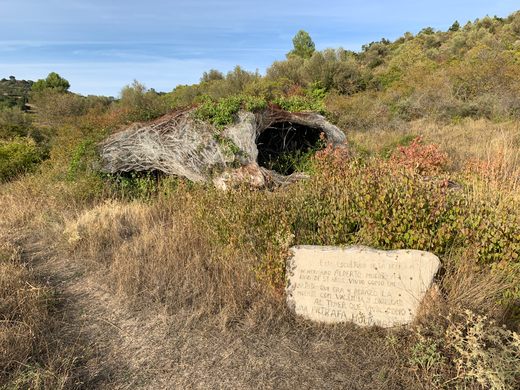
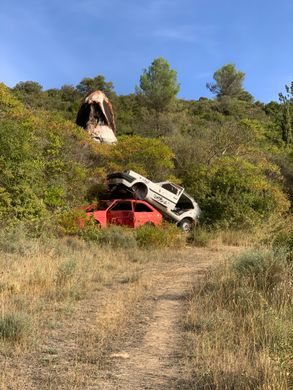
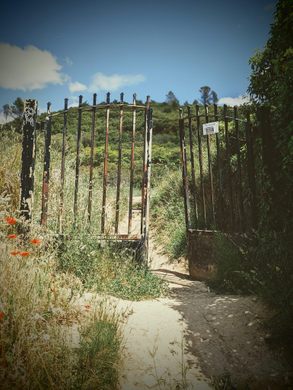
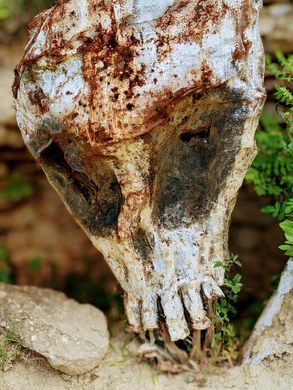

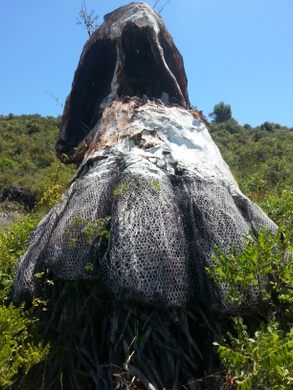


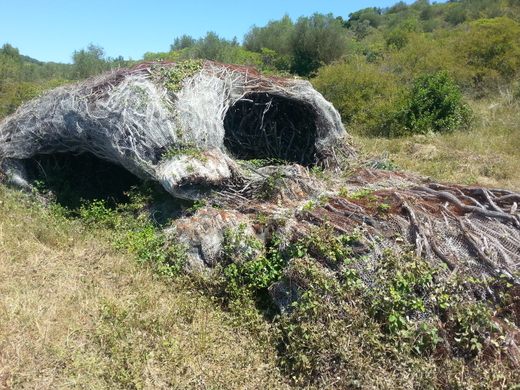



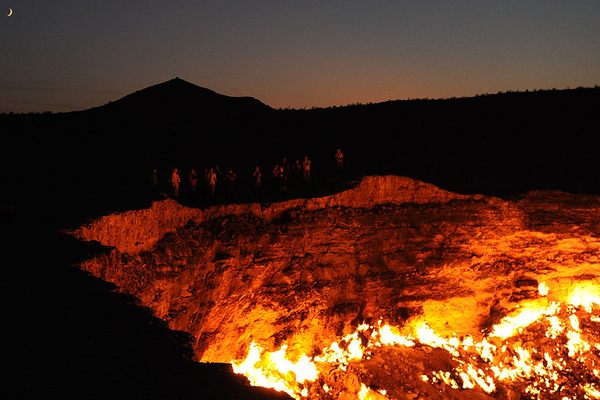






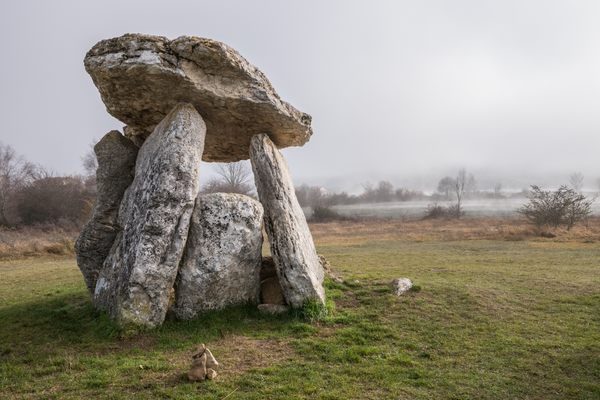


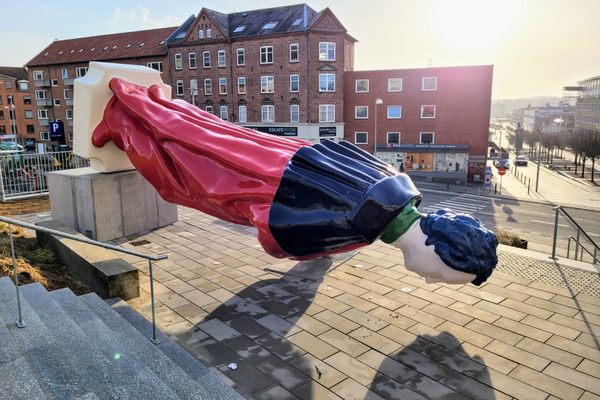

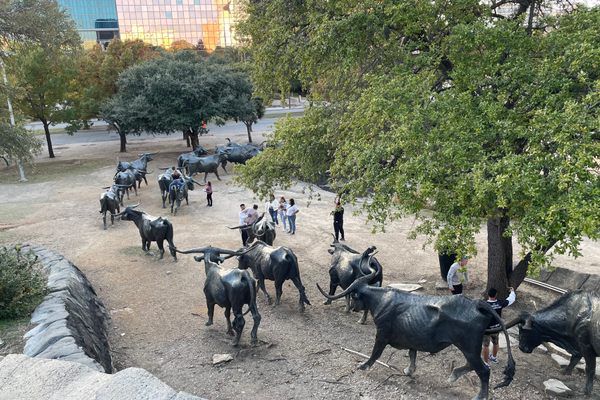


Follow us on Twitter to get the latest on the world's hidden wonders.
Like us on Facebook to get the latest on the world's hidden wonders.
Follow us on Twitter Like us on Facebook